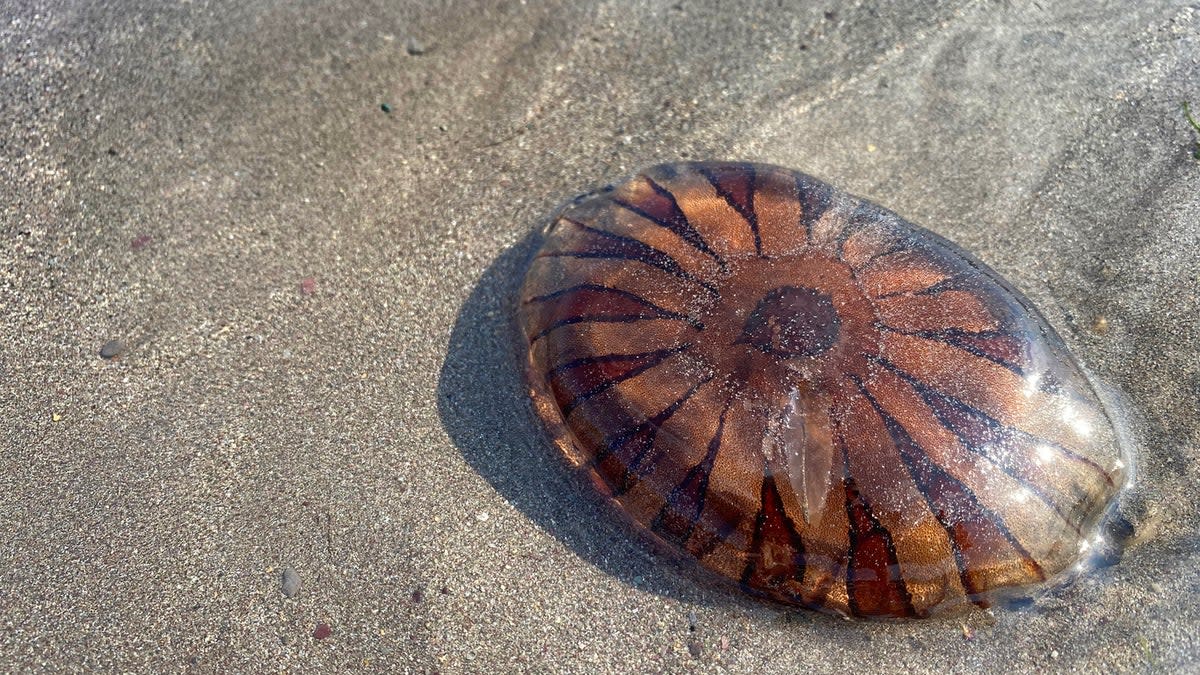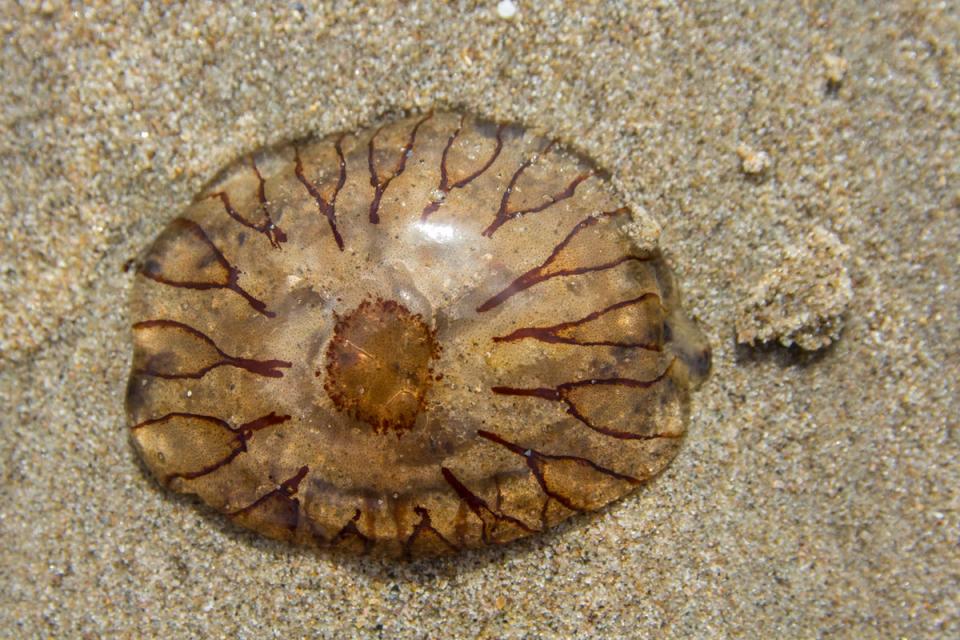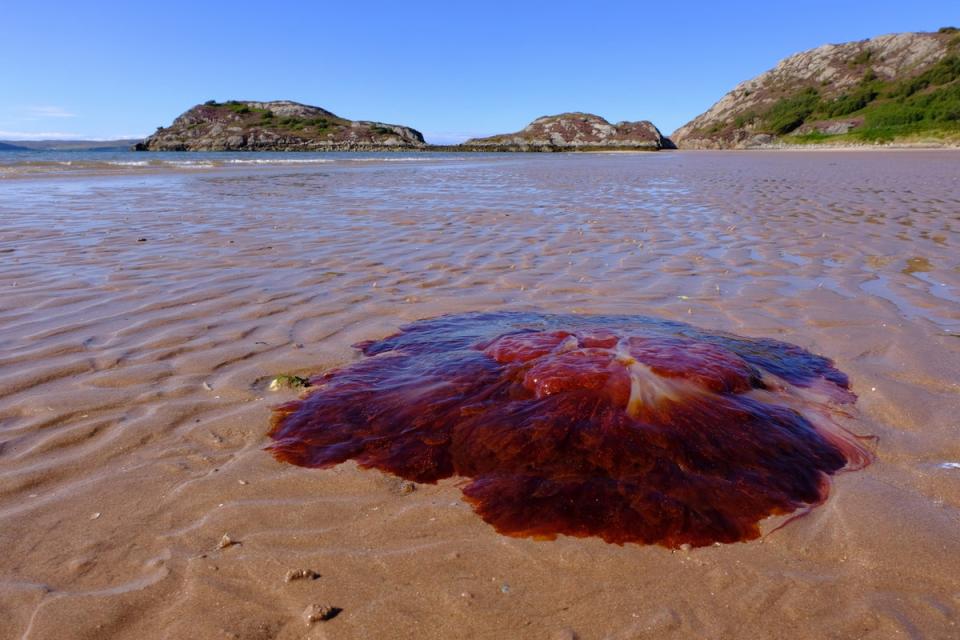Large swarms of jellyfish wash up on UK beaches

Large swarms of jellyfish have been spotted beaches around the UK.
While it is not unusual to encounter jellyfish on the coast, the large numbers of them that have been spotted around the country has sparked interest. So, what is causing an increase in these maritime visitors?
The raised summer temperatures allow jellyfish to “bloom” into large groups. Blooms are particularly common during the summer, when temperatures are higher and there is more sunlight, meaning there is more plankton for the jellyfish to eat, causing their population to increase.
Jellyfish, by nature, are not strong swimmers and tend to float on the water surface, causing them to be blown by the wind and water current towards beaches, where they collect on the shores.

Another factor affecting jellyfish numbers is overfishing. That’s because a jellyfish’s diet consists of small fish, crabs and plankton so with less fish, there is less competition for the food they eat - also allowing their population to increase.
So far, swarms of Compass jellyfish have been spotted in Wales, particularly in Pembrokeshire. They are easy to spot with a distinctive red and orange markings, that resemble a compass. These markings lie across their body, that is typically 30cm in diameter. In the north of the UK, Lion’s Mane jellyfish have been popping up, posing a threat to holidaymakers in Scotland.
Their deep red complexion with thin white tendrils makes them easily recognisable and equally dangerous. Both Compass and Lion’s Mane jellyfish have also been seen in Ireland.

Although their vibrant colours and intricate patterns make them alluring, it would be best to admire any jellyfish you encounter this summer from a distance. That is because they are armed with nematocysts, specialised stinging cells found in their tenacles.
Contact with one of these tenacles can cause nasty stings that many people compare to nettle or wasp stings. They can cause swelling and severe pain, which can be eased by washing the sting with seawater or vinegar.

